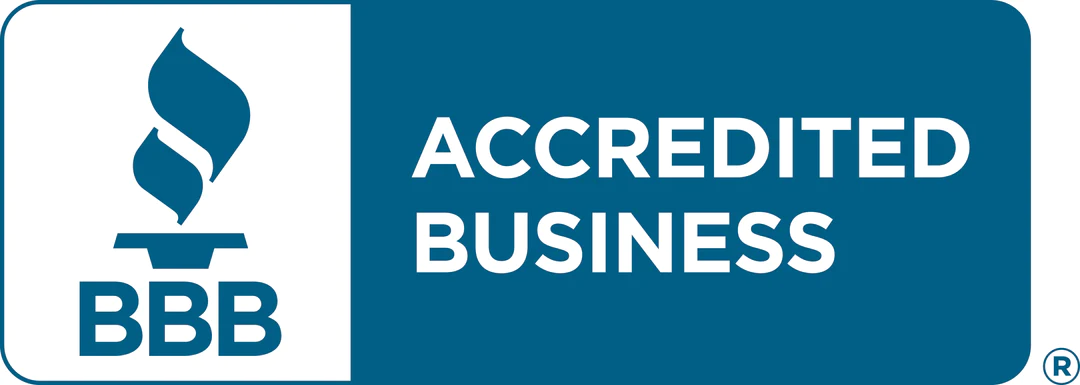College Admissions Tips and Guidance
For Seniors: Coping With Financial Uncertainty And Evaluating Options

Explore Our Articles
Recent Posts
Popular Categories
Get In Touch
On Social
By Phone or Text
(617) 734-3700
By Mail or Email
1678 Beacon Street
Brookline, MA 02445
By Form
Educational Advocates
Our objective is to guide the family in finding options where the student will not only get admitted, but thrive and find success once on campus.
For Seniors: Coping With Financial Uncertainty And Evaluating Options
Evaluating College Options in a Time of Financial Uncertainty
 The events of the past few weeks have disrupted plans for a smooth transition to college. Students’ best intentions to complete rigorous courses, take standardized tests on schedule, and participate in meaningful extracurricular activities are all expectations that we now find challenging. Parents’ plans to pay for college using long-term investments may need to be revised. While we are educational consultants, not college financial advisors, here are some thoughts for seniors about coping with this financial uncertainty.
The events of the past few weeks have disrupted plans for a smooth transition to college. Students’ best intentions to complete rigorous courses, take standardized tests on schedule, and participate in meaningful extracurricular activities are all expectations that we now find challenging. Parents’ plans to pay for college using long-term investments may need to be revised. While we are educational consultants, not college financial advisors, here are some thoughts for seniors about coping with this financial uncertainty.
HOW TO FINANCIALLY EVALUATE YOUR OPTIONS
First, take a deep breath and know that you have time to evaluate your EA and RD options. The traditional deadline to reply to college offers is May 1, and some schools are extending their offer deadlines to June 1 this year, so you may have a variety of response dates to track and balance. Be assured that we will be here to talk your choices through with you.
You have heard our advice to develop a financially balanced college list, typically including one or more home state universities and a few private institutions where you would expect to be admitted and possibly receive merit aid based on your credentials. While some families may previously have viewed these as “safeties,” it’s entirely possible that these more financially attractive choices are now increasingly appealing.
Use the Award Letter Evaluation Template (reach out to your consultant for a copy of this) to compare the finances for all your college options, and to seriously consider the relative pros and cons of each. Pay careful attention to which awards are grants (do not need to be repaid) vs. loans (need to be repaid, and note the interest rate, when payments must begin, and calculate their monthly amount). Are there gaps between financial aid awards and the cost of attendance (COA) that the family is expected to fill? Keep an open mind and remember that research has shown that being one of the strongest students in an academic community leads to increased confidence, more faculty attention and research opportunities. If the continuation of institutional scholarships or grants in later college years depends on maintaining a specific GPA or credit load, consider whether these are realistic expectations that you can maintain.
If your family cannot afford to contribute the amount you had previously hoped, ask your consultant about appealing financial aid awards. Keep in mind, though, that colleges’ endowments have also been hard hit, so their financial aid budgets may be impacted. Some students who were on the fence about taking a gap year may now lean more toward that as an opportunity to earn some money or allow investments time to recover. Some may also consider starting at a less selective institution and then transferring in order to reduce costs and still graduate from a more selective school.
If you have already accepted and deposited at a college to which you applied early action or regular decision, but your preference has changed for financial reasons, it is possible to request a deposit refund up until that school’s response date, and to accept another EA or RD offer. Not all schools will refund your deposit, but it is likely a small loss compared to a significant difference in cost savings over four years.
Students who have accepted an ED offer and now find themselves in different financial circumstances are especially vulnerable in our current circumstances. While it is certainly possible to approach your intended college and appeal for additional aid, you may not have much leverage given that you were required to turn down other offers. If you were a full-pay candidate at application time, this likely contributed to your desirability from that institution’s perspective, as “revenue they could count on.” But if your new financial situation makes enrolling untenable, an honest exchange with your institution is your best option.
Also, due to the relaxation of prior National Association of College Admission Counseling (NACAC) rules, it will be possible this year for colleges to contact students after they deposit at other schools to sweeten financial aid offers. Because 2020 is the first year this action is not prohibited, we really don’t know how many colleges will engage in this behavior – but financial uncertainty will likely motivate many, except the most selective colleges, to act creatively.
Finally, if you are considering accepting a waitlist offer, remember that they typically favor full-pay students, as financial aid budgets are often fully allocated by May or June when waitlist offers are usually made (this will probably extend later into the summer this year). It will be very hard for colleges to predict yield (how many students accept offers) this year, and we expect colleges to load their waitlists to protect against this uncertainty.
EVALUATE THE FINANCIAL HEALTH OF THE COLLEGES YOU ARE CONSIDERING
 In the past several years we have seen a number of colleges close due to financial difficulties, and recent events may accelerate problems at already marginal institutions. It’s important to assess the financial health of the colleges you’re considering. There are several ways to evaluate this:
In the past several years we have seen a number of colleges close due to financial difficulties, and recent events may accelerate problems at already marginal institutions. It’s important to assess the financial health of the colleges you’re considering. There are several ways to evaluate this:
- How large is the college or university’s endowment (money or assets under their control that fund operations)? The endowment per student is considered an overall measurement of the financial strength of an institution. In general, colleges and universities with the largest endowments per student are more able to weather crises and offer more financial aid to more students.
- Are annual expenses dependent on tuition revenue, or is the endowment large enough to absorb shortfalls? If a school funds operations wholly through tuition, and does not enroll its targeted class size, it may need to cut staff or programs. However, many colleges are tuition-dependent and this does not mean they are at risk of closing, because they are well managed and enrollment remains strong.
- Use financial ratings from reputable sources like Forbes College Financial Health Grades to help assess whether schools are stable or considered at risk. Keep in mind that some schools offer steep tuition discounts to attract students, and that this practice may not be financially sustainable long term.
Every family’s circumstances are different, and we offer this information to help you find your best fit college options. Please reach out to your consultant with any questions, and take good care.









